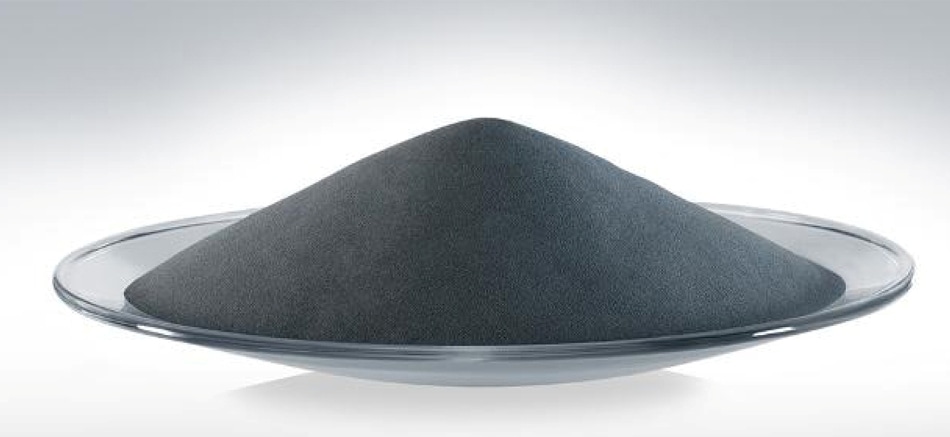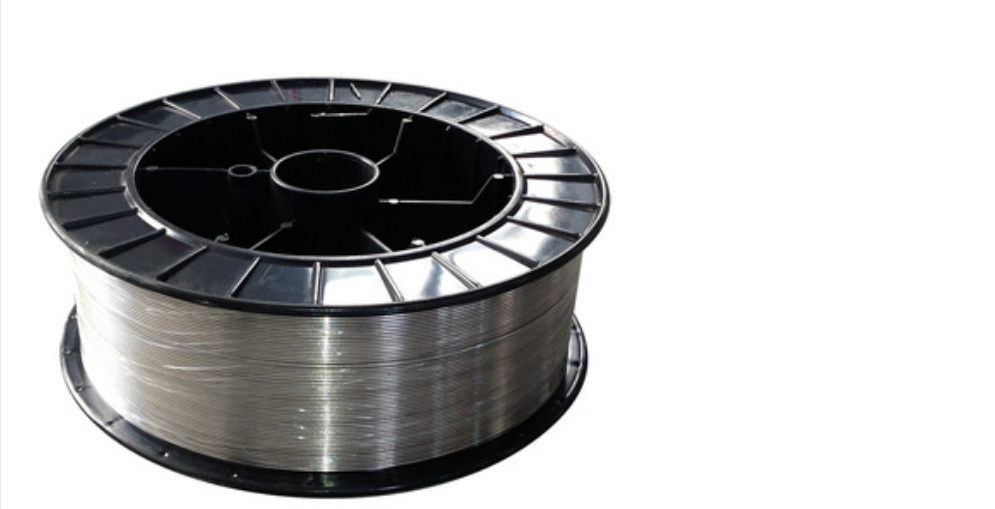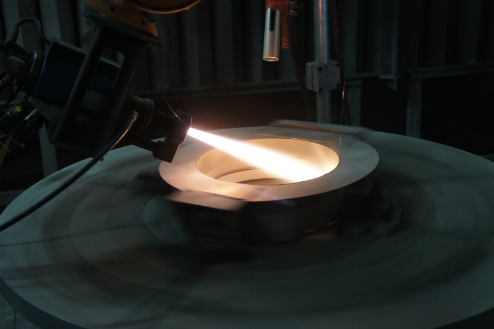How to increase the amount of aeration of the mechanical agitation flotation machine?
Both practice and theoretical research have proved that within a certain range, increasing the amount of aeration can greatly improve the production capacity of the flotation machine and improve the flotation index.
There are many factors affecting the aeration volume of the flotation machine, which can be adjusted mainly from the following aspects:
(1) The gap between the impeller and the cover. The size of this gap directly affects the amount of inflation. If the clearance is too large, the slurry will turn from the front side of the blade to the back side of the blade, reducing the vacuum behind the blade and reducing the amount of inflation. If the clearance is too small, the impeller and the cover are prone to impact. And friction, and reduce the amount of inflation.
(2) The speed of the impeller. The larger the rotational speed of the impeller in a certain range, the larger the amount of inflation. However, if the rotational speed is too large, the impeller cover wears quickly, the power consumption increases, and the slurry surface is unstable.
(3) The pulp mass fraction also has a great influence on the amount of aeration and the degree of dispersion. In a catastrophic condition, as the mass fraction of the pulp increases within a certain limit, the amount of aeration and the degree of dispersion also increase. However, the mass score should not be too large. If it is too large, the amount of inflation will deteriorate.
(4) The amount of slurry. When the amount of slurry entering the center of the impeller is most appropriate, the amount of aeration is the largest. Because the amount of slurry is large within a certain range, the centrifugal force generated when the slurry is scooped out is also large, and the vacuum in the negative pressure zone formed is high, so that the amount of inflation is increased. However, if the amount of slurry is too large, the slurry will block the air cylinder above the impeller, causing difficulty in inhaling, and the amount of inflation will be reduced.
Metals, alloys and composite powders commonly used in thermal spray hardfacing technology and coating service. These unique powders are instantly heated by thermal spraying (welding) methods such as high temperature flame or explosive flame, and are sprayed and deposited on the cold or hot workpiece surface with high-speed heat flow in a molten or semi-melted state to form a surface Reinforcing layer, in order to improve the wear resistance, corrosion resistance, heat resistance, oxidation resistance or repair of external dimensions of the workpiece surface. XTC produces WC, CrC, Oxide Ceramic, Boride Powder, Metal Alloy Powder, Pure Metal and Spray Wire, etc. product. For HVOF/HVAF/plasma/Flame spray coating and applications. Meet the wear and corrosion resistance requirements of different surfaces.


WC, CrC oxide ceramic powder and boride products are excellent in wear resistance and high temperature corrosion resistance. Taking WC products as an example, the hardness can reach HV1300-1500, and the temperature of CrC products can reach 800 degrees Celsius.
Metal alloy powder, Pure Metal and Spray Wire products have more applications in glass mold, steel and machinery industries. And XTC products are now become more and more popular in Metal spray coating and thermal spray coating industry.

Coating Service,Metal Spray Coating,Flame Spray Coating,Thermal Spray Coating
Luoyang Golden Egret Geotools Co., Ltd , https://www.hvafspray.com